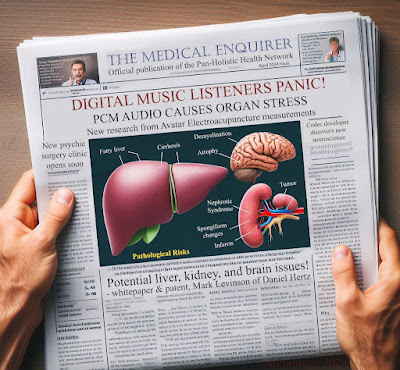Sites need to comply with General Data Protection and Regulation (GPDR) policies if there are visitors from the EU, so for transparency, here are some broad Terms and Conditions as well as Privacy Policy statements for this blog as we enter 2024.
Basically this: I trust we're here to learn, enjoy the hobby, debate sometimes, as generally anonymous participants, acting like decent persons online. The purpose here is not to sell stuff or make money even though I don't mind getting a little "tip" if folks buy stuff for example off Amazon links or if the ads work out for you. I have no interest in soliciting funding from anyone such as with Patreon and the like; my day job pays just fine.
Be mindful that public comments are public so don't say anything private unless you want it known broadly. No doubt in the days ahead there will be all kinds of bots and increasingly sophisticated autonomous agents reviewing the information and scraping the data. Consider how this might have an impact on you and the comments made.
Cookies and IP addresses are sent to browsers routinely so feel free to decline sharing cookies, use "incognito" browser mode, perhaps connect through a VPN if you don't want to be tracked especially on a public network (here's one I use). Google Analytics, AdSense, maybe a widget on the blog might use some of the cookie or IP info.
If you're responding to one of my surveys, blind tests, or contacting me by E-mail, unless you choose to do so, I will not have any need for your private information unless we get to know each other or plan to meet up, etc.
Otherwise, Happy 2024! May your life be free from scammers, spammers, identity hackers, snake-oil salesmen, and general crooks in the coming years! Peace.😌













